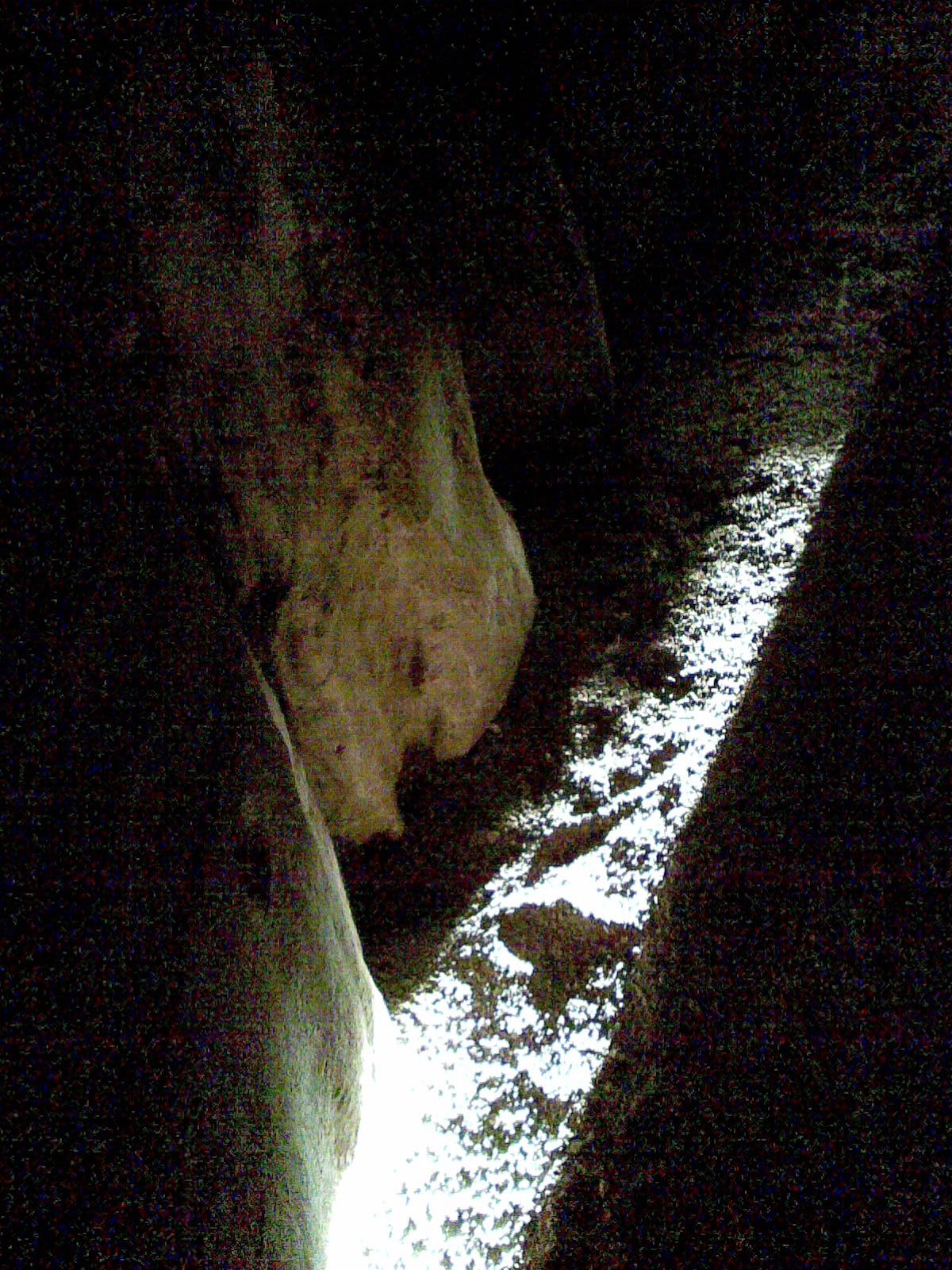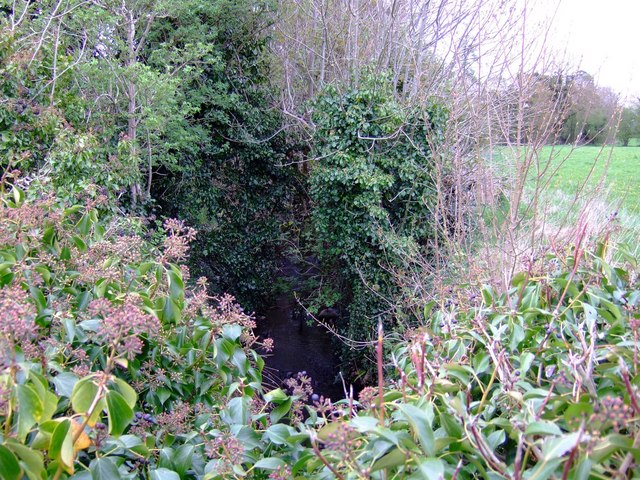|
Boann
Boann or Boand (modern Irish spelling: Bû°nn) is the Irish goddess of the River Boyne (the river-name now always in the nominalised dative/prepositional case, Bû°inn), a river in Ireland's historical fifth province, Meath (from Middle Irish ''An Mide'' "the Middle"), which was later subsumed into the modern province of Leinster. According to the ''Lebor GabûÀla ûrenn'' and ''TûÀin Bû° FraûÙch'' she was the sister of Befind and daughter of DelbûÀeth, son of Elada, of the Tuatha Dûˋ Danann. Her husband is variously Nechtan or Elcmar. With her lover the Dagda, she is the mother of Aengus. Etymology Her name is interpreted as "white cow" ( ga, bû° fhionn; sga, bû° find) in the ''dinsenchas'', where she is also called "White Boand". Ptolemy's 2nd century ''Geography'' shows that in antiquity the river's name was ''Bouvinda'' ö¢ü ö¢ü ö₤ö§öÇöÝ which may derive from Proto-Celtic ''*Bou-vindá'', "white cow". An alternate version of her name is given as Segais, hence Well ... [...More Info...] [...Related Items...] OR: [Wikipedia] [Google] [Baidu] |
Aengus
In Irish mythology, Aengus or ûengus is one of the Tuatha Dûˋ Danann and probably originally a god associated with youth, love,û hûgûÀin, DûÀithûÙ. ''Myth, Legend & Romance: An encyclopedia of the Irish folk tradition''. Prentice-Hall Press, 1991. pp.38ã40 summer and poetic inspiration. The son of The Dagda and Boann, Aengus is also known as Macan ûc ("the young boy" or "young son"), and corresponds to the Welsh mythical figure Mabon and the Celtic god Maponos. He plays a central role in five Irish myths. Name In Old Irish his name is ''ûengus'' or ''OûÙngus'' , a name attested in AdomnûÀn's ''Life of St Columba'' as ''Oinogus(s)ius''. This is believed to come from a Proto-Celtic name meaning "true vigour". The medieval ''Dindsenchas'' derives it from "one desire", explaining that Boann gave him the name because her union with the Dagda had been her only desire. In Middle Irish this became ''ûengus'', and in Modern Irish ''Aonghus'' , . He is also known as ''ûengus ... [...More Info...] [...Related Items...] OR: [Wikipedia] [Google] [Baidu] |
Elcmar
In Irish mythology, Elcmar or Ecmar (modern spelling: Ealcmhar) is the husband of Boann and belongs to the divine Tuatha Dûˋ Danann. It has been suggested that he is Nuada under another name, and he is sometimes confused with Nechtan, Boann's usual husband. At first glance he appears to be associated with horses but there is also a school of thought that says his name means The Evil One. In the Dindsenchas, he is called "lord of horses" and is described as a judge. Elcmar is described as having a fork of white hazel, a gold brooch, and a cloak. Chief steward According to the Yellow Book of Lecan, Elcmar served as chief steward for Dagda, one of the most important and powerful of the Danann. His wife was Boann, goddess of the River Boyne, who developed a great passion for the Dagda. To consummate this union, Dagda sent Elcmar to High King Bres on an errand around the time of Imbolc. Boann, like her Greek counterpart Alcmene, got pregnant. To protect the sensibilities of his stewa ... [...More Info...] [...Related Items...] OR: [Wikipedia] [Google] [Baidu] |
The Dagda
The Dagda (Old Irish: ''In Dagda,'' ga, An Daghdha, ) is an important god in Irish mythology. One of the Tuatha Dûˋ Danann, the Dagda is portrayed as a father-figure, king, and druid.Koch, John T. ''Celtic Culture: A Historical Encyclopedia''. ABC-CLIO, 2006. pp. 553ã54 An Dagda Mary Jones's Celtic Encyclopedia. He is associated with , , manliness and strength, as well as magic, druidry and wisdom.û hûgûÀin, DûÀithûÙ. ''Myth, Legend & Romance: An encyclopaedia of the Irish folk ... [...More Info...] [...Related Items...] OR: [Wikipedia] [Google] [Baidu] |
Connla's Well
The ''Dindsenchas'' of Irish mythology give the physical origins, and etymological source of several bodies of water - in these myth poems the sources of rivers and lakes is sometimes given as being from magical wells. Connla's Well is one of a number of wells in the Irish "Celtic Otherworld". It is also termed "The Well of Wisdom", or "The Well of Knowledge", and is the mythical source of the River Shannon. The epithet ''Connla's Well'' is known from the ''Dindsenchas''. Another well is described in the dindsenchas about Boann, in the text as ("Secret Well") mythologically given as the origin of the River Boyne. This well has also been referred to as Nechtan's Well, or the Well of Segais. Some writers conflate both Nechtan's and Connla's well, making it the source of both Shannon and Boyne. Loch Garman's mythological origin is also given in the dindsenchas - in some translations or interpretations of the text the source of the water is given as the Well of Coelrind, though ... [...More Info...] [...Related Items...] OR: [Wikipedia] [Google] [Baidu] |
Newgrange
Newgrange ( ga, SûÙ an Bhrû¤) is a prehistoric monument in County Meath in Ireland, located on a rise overlooking the River Boyne, west of Drogheda. It is an exceptionally grand passage tomb built during the Neolithic Period, around 3200 BC, making it older than Stonehenge and the Egyptian pyramids. It is aligned on the winter solstice sunrise. Newgrange is the main monument in the Brû¤ na Bû°inne complex, a World Heritage Site that also includes the passage tombs of Knowth and Dowth, as well as other henges, burial mounds and standing stones. Newgrange consists of a large circular mound with an inner stone passageway and cruciform chamber. Burnt and unburnt human bones, and possible grave goods or votive offerings, were found in this chamber. The mound has a retaining wall at the front, made mostly of white quartz cobblestones, and it is ringed by engraved kerbstones. Many of the larger stones of Newgrange are covered in megalithic art. The mound is also ringed by a ... [...More Info...] [...Related Items...] OR: [Wikipedia] [Google] [Baidu] |
Nechtan (mythology)
Nechtan is a figure in Irish mythology who is associated with a spring marking the source of the River Boyne, known as Nechtan's Well or the Well of Wisdom. He was the husband of Boann, eponymous goddess of the Boyne. Nechtan is believed to be another name for Nuada. Etymology According to Georges Dumûˋzil the name ''Nechtan'' is perhaps cognate with that of the Romano-British god Nodens or the Roman god called Neptunus and the Persian and Vedic gods sharing the name Apam Napat. The name could ultimately be derived from the Proto-Indo-European root ''*nepot-'' "descendant, sister's son", or, alternatively, from ''nebh-'' "damp, wet". Another etymology suggests that ''Nechtan'' is derived from Old-Irish ''necht'' "clean, pure and white", with a root ''-neg'' "to wash", from IE ''neiguä₤-'' "to wash" As such, the name would be closely related mythological beings, who were dwelling near wells and springs: English neck (from Anglosaxon ''nicor''), Swedish ''NûÊck'', German ''Nixe'' ... [...More Info...] [...Related Items...] OR: [Wikipedia] [Google] [Baidu] |
River Boyne
The River Boyne ( ga, An Bhû°inn or ''Abhainn na Bû°inne'') is a river in Leinster, Ireland, the course of which is about long. It rises at Trinity Well, Newberry Hall, near Carbury, County Kildare, and flows towards the Northeast through County Meath to reach the Irish Sea between Mornington, County Meath, and Baltray, County Louth. Names and etymology This river has been known since ancient times. The Greek geographer Ptolemy drew a map of Ireland in the 2nd century which included the Boyne, which he called (''Bouwinda'') or (''Boubinda''), which in Celtic means "white cow" ( ga, bû° fhionn). During the High Middle Ages, Giraldus Cambrensis called it the ''Boandus''. In Irish mythology it is said that the river was created by the goddess Boann and Boyne is an anglicised form of the name. In other legends, it was in this river where Fionn mac Cumhail captured FiontûÀn, the Salmon of Knowledge. The Meath section of the Boyne was also known as ''Smior Fionn Feidhlimthe ... [...More Info...] [...Related Items...] OR: [Wikipedia] [Google] [Baidu] |
Winter Solstice
The winter solstice, also called the hibernal solstice, occurs when either of Earth's poles reaches its maximum tilt away from the Sun. This happens twice yearly, once in each hemisphere (Northern and Southern). For that hemisphere, the winter solstice is the day with the shortest period of daylight and longest night of the year, when the Sun is at its lowest daily maximum elevation in the sky. Either pole experiences continuous darkness or twilight around its winter solstice. The opposite event is the summer solstice. The winter solstice occurs during the hemisphere's winter. In the Northern Hemisphere, this is the December solstice (usually 21st or 22nd December) and in the Southern Hemisphere, this is the June solstice (usually 20th or 21st of June). Although the winter solstice itself lasts only a moment, the term also refers to the day on which it occurs. The term midwinter is also used synonymously with the winter solstice, although it carries other meanings as we ... [...More Info...] [...Related Items...] OR: [Wikipedia] [Google] [Baidu] |
Brû¤ Na Bû°inne
(; 'Palace of the Boyne' or more properly 'Valley of the Boyne') or Boyne valley tombs, is an area in County Meath, Ireland, located in a bend of the River Boyne. It contains one of the world's most important prehistoric landscapes dating from the Neolithic period, including the large Megalithic passage graves of Knowth, Newgrange and Dowth as well as some 90 additional monuments. The archaeological culture associated with these sites is called the "Boyne culture". Since 1993, the site has been a World Heritage Site designated by UNESCO, known since 2013 as "Brû¤ na Bû°inne - Archaeological Ensemble of the Bend of the Boyne". Location The area is located eight kilometers west of Drogheda in County Meath, Ireland, in a bend of the River Boyne. It is around 40 kilometers north of Dublin. Brû¤ na Bû°inne is surrounded on its southern, western and eastern sides by the Boyne; additionally, a small tributary of the Boyne, the River Mattock, runs along the northern edge, almost com ... [...More Info...] [...Related Items...] OR: [Wikipedia] [Google] [Baidu] |
Hazel
The hazel (''Corylus'') is a genus of deciduous trees and large shrubs native to the temperate Northern Hemisphere. The genus is usually placed in the birch family Betulaceae,Germplasmgobills Information Network''Corylus''Rushforth, K. (1999). ''Trees of Britain and Europe''. Collins .Huxley, A., ed. (1992). ''New RHS Dictionary of Gardening''. Macmillan . though some botanists split the hazels (with the hornbeams and allied genera) into a separate family Corylaceae. The fruit of the hazel is the hazelnut. Hazels have simple, rounded leaves with double-serrate margins. The flowers are produced very early in spring before the leaves, and are monoecious, with single-sex catkins. The male catkins are pale yellow and long, and the female ones are very small and largely concealed in the buds, with only the bright-red, 1-to-3 mm-long styles visible. The fruits are nuts long and 1ã2 cm diameter, surrounded by an involucre (husk) which partly to fully encloses the nut. ... [...More Info...] [...Related Items...] OR: [Wikipedia] [Google] [Baidu] |




